I was just 12 when I first started to become interested in optimum nutrition, having found myself magnetically drawn to the Leslie Kenton books at my grandmother’s house in Pembrokeshire.
By 14 I was reading everything on the topic I could get my hands on, and over the years this interest in high-energy eating grew into a passion for all aspects of holistic health and eco living.
But it wasn’t until some years later, and around 12 years ago, that I started eating predominantly organic. It was the late 1990s – around the time this first became feasible for a twentysomething Londoner on a tight budget. And soon after that, I started to move over to natural, organic skin, hair and body care products.
For a long time now my policy has basically been that if there is an organic option for any food or beauty product I go for that, and if there isn’t, I really question whether I want or need it.
But there was still a major disconnect in there.
I was still doing all my clothes shopping on the high street.
Of course, I did get that synthetic fibres and dyes could not be a good nor healthy thing, and that natural, sustainable clothes were available. But they were expensive and not the sort clothes I liked – or so I thought – and I just wasn’t motivated enough to look into it further.
All of that changed earlier this year when I read the brilliant new book Killer Clothes: How seemingly innocent clothing choices endanger your health…and how to protect yourself by Anna Maria and Brian Clement, directors of the world-renowned Hippocrates Health Institute in Florida.
One shocking fact this book hits you with is that man-made fibres (such as nylon and polyester) only replaced natural ones (such as cotton, wool and silk) around 60 years ago. And most of the cotton used in clothing today is doused in pesticides, making it a disaster for our bodies and the planet alike. Non-organic, synthetic fibres off-gas dangerous chemicals – albeit in minute amounts, but do we really want to be absorbing those through our skin and lungs day and night?
Also, we forget that the skin is the body’s main organ of elimination and must be able to ‘breathe’ in order to release toxins. Natural, organic fibres allow it to, while synthetic ones do not. This really blocks the skin in its essential detoxification role, with knock-on effects for the entire system.
The book reveals many other ways that synthetic fibres and the dyes and other chemicals added to them create health problems, backing this up with scientific evidence that the mainstream media has largely ignored.
The authors also document the rise in health problems that has gone hand in hand with this switch from natural to synthetic clothing, asking: “ Can it be merely coincidence that, according to the World Health Organization, the industrialised parts of the world have experienced the following?
- Up to one-third of married couples today experience fertility problems.
- Respiratory diseases have increased by 160% among preschoolers in Europe and North America.
- Contact dermatitis and other skin ailments have become widespread.
- Our risks of contracting cancer have escalated to the point where one in two males and one in three females will develop this disease during their lives.
- If you’re a woman, you now have a one-in-eight chance of developing breast cancer. For postmenopausal women, the rate of breast cancer has escalated by 22 percent over just the past three decades.”
Certainly diet, environmental pollution, stress and the breakdown of the family unit have all played their role too in our declining health. But this book leaves the reader in no doubt that chemical clothing, and tight clothing, are terrible for our health, and the former also for the environment.
As the authors write, “Chemical clothing affects the health of the entire planet, from the toxic production methods used, to the chemicals employed in the cleaning of these items, to clothing disposal practices that allow these non-biodegradable products to continue to harm the environment long after their users have ceased to exist.”
The book goes into detail about which fabrics and dyes to avoid when selecting clothing, and then offers the safe alternatives, listing the natural fibres available – which, in addition to those mentioned above, also include hemp, flax, bamboo and even soy – and the best dyes. It also covers natural, eco-friendly ways to clean and care for your clothes, and includes a five-page guide to stores that specialise in safe, eco clothing – an invaluable cribsheet featuring the lowdown on some 40 such companies.
However, most of these companies are US-based; for UK and European readers who prefer to avoid transatlantic shipping charges (and footprint) I am currently researching UK suppliers and will be sharing my findings here. Click on the link two paragraphs down to view the fruits of my first round of web-scouring and product purchasing.
Yes, as mentioned earlier, this book was the catalyst that finally woke me up to all of this and prompted me to start switching my wardrobe over to natural and organic.
This isn’t to say you’ll never again see me in an LK Bennett dress, but all underwear and nightwear, plus the clothes this home worker spends most of her time in – basically various comfy, loungey yoga pants and tops – will be eco and organic. And in the early stages of my search, here’s my write-up on the natural fibre I LOVE as clothes made from it are SO soft and comfortable, as well as my notes on the best two UK suppliers I’ve thus far discovered.
I don’t do half measures. Once I decide something is worthwhile and a good idea, I really go for it. I also hadn’t bought new clothes in a while before I started eco clothes shopping, for reasons I explain below, so was in need of, and also had the budget for, a wardrobe upgrade. But you don’t have to take my approach: all I wish to suggest here is that next time you need a new item of clothing, you might consider looking into whether you can get it natural/organic.
Try searching for any item of clothing with these criteria and unsurprisingly it narrows your choice down big time – but I am actually seeing this as a good thing. Being female, if I’m looking for, say, a simple fitted black top, and I’m let loose on any major high street, I will have to check out what is in at least 20 stores before making my decision – though, these days, I will sometimes give up and head home before that because I’m so confused and exhausted.
In fact I am so allergic to anywhere busy or overly urban that a while ago I started doing as much shopping online as possible. But when it comes to clothes shopping, that can still leave you with a head-hurting array of options. So I am loving the eco stores I’ve found that sell quality, well-designed clothes but offer just ONE or maybe TWO styles and a few hand-picked colours, of each basic item of clothing.
Fashion is a business that exists to seduce us into endlessly consuming clothing that we wear for just one season – if that – and that will soon end up in a landfill somewhere, so that we can keep buying, buying, buying.
Quite apart from the important environmental and ethical arguments against that, and the money drain it is, it is also a massive time suck.
I love clothes, but I also love the idea of honing my wardrobe down to a ‘capsule’ collection of just a few simple, elegant, quality, eco pieces.
And the other reason I don’t see the limited choice as a bad thing is that what’s important here is allowing only natural, organic fibres and dyes next to our skin most of the time. But if we need something truly sensational for a party, a wedding or an important career event – and can’t find it in the eco, organic stores – mainstream fashion, with its thousands upon thousands of options, will always be there waiting for us.
I haven’t sworn off it altogether. But from now on, if you visit me at home working, or see me on the school run, in yoga class, lunching in the local organic cafe or walking in the woods, you’ll see me dressed in head to toe ‘House of Eco’.
Go here to read an excerpt from Killer Clothes: How seemingly innocent clothing choices endanger your health…and how to protect yourself.
And if I’ve convinced you it’s worth investing in and reading the whole book, it’s available in both the UK and US Amazon stores.

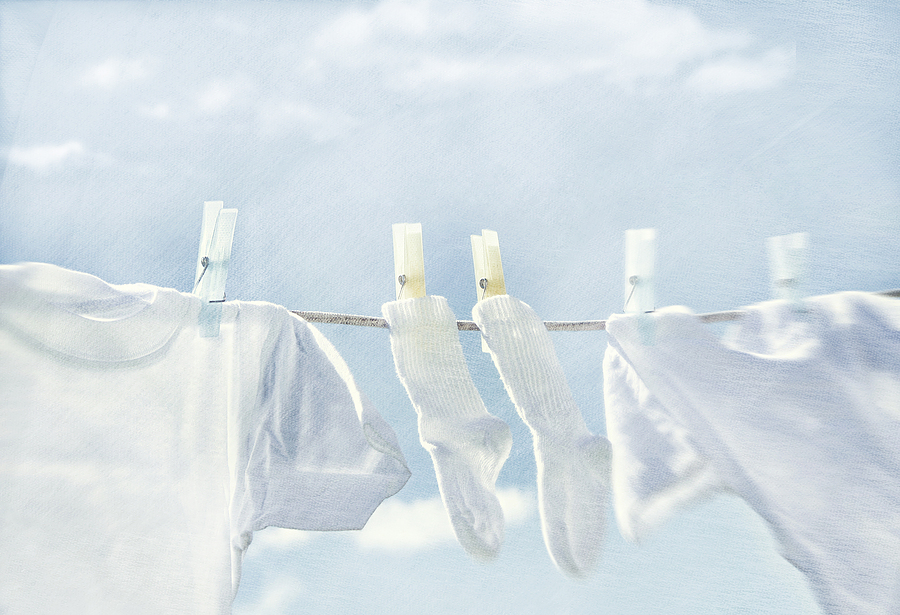
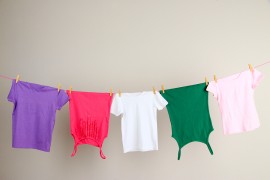
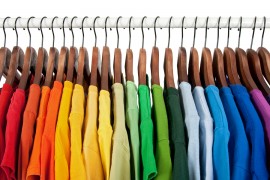
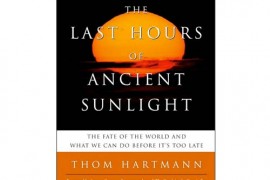
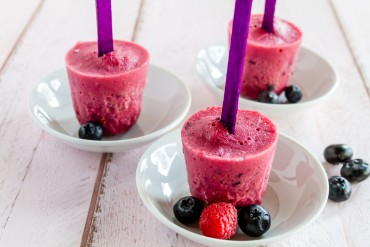
Ahhh, I really want to read that book!! Love your article! I use to like to buy second hand clothing, and loved it when my son got hand me downs from friends, but the detergents, etc. they people use on clothing is IMPOSSIBLE to get out (I have tried EVERYTHING)……ohhhh, how I hope people wake up soon!!! Organic is the only option!!
View CommentExcellent… All chosen under wear is organic and natural. and I feeeeeeel the difference.. I don’t do night clothes but have organic sheets and quilt covers.. most of my upper outer garments are natural organic, leggings bamboo and any trousers are natural. I don’t always manage it with skirts! as there are some skirts I so love, but they are not always natural/organic. I will always go cotton – but as we know cotton is highly toxic. Thanks for the sharing. Will send to my eldest grandaughters!! 🙂
View CommentThanks, Ruth. I confess I haven’t got onto skirts yet either…nor dresses, even though I’ve been surprised to discover there are sites selling gorgeous eco dresses. Need to invest some time in this soon and can’t wait for the day when a gorgeous eco dress arrives in the mail – talk about treaty! I work on the principle that the clothes that are in greatest contact with skin are the ones to “sort” first – so undergarments, tops, leggings/yoga pants, nightwear, etc.
Anyone got any recommendations for sites selling nightwear, as I’ve found choice there to be more limited? Also having challenges upgrading my son’s wardrobe to eco – he’s 9. Can anyone tell me why there are like a bazillion sites selling organic babywear that also cater for small kids, and plenty selling adult clothing, but next to nothing for children aged much over 5-6?!?
View CommentI was delighted to find the book in the Nutri Centre in London. I bought it and reading it has made such a difference in changing my outlook and what I have kept in my wardrobe and in the rest of my home. I’m now busy sourcing suitable clothes etc. and prices I can afford.
View CommentHi Sarah, we are a fashion company making clothes made from eco fibres. Your site was brought to our attention by one of our customers! Check out our range if you haven’t already 🙂
View CommentI agree, I’d really love to switch to more ecological clothing. Unfortunately, most of the clothes I have found (except knickers and basic t-shirts) have been very strange shapes, and not at all flattering! If only someone would make eco-clothing that is flattering as well as comfortable!
View CommentPerfect timing as always. Thank you for inspiring me…again!
View Comment